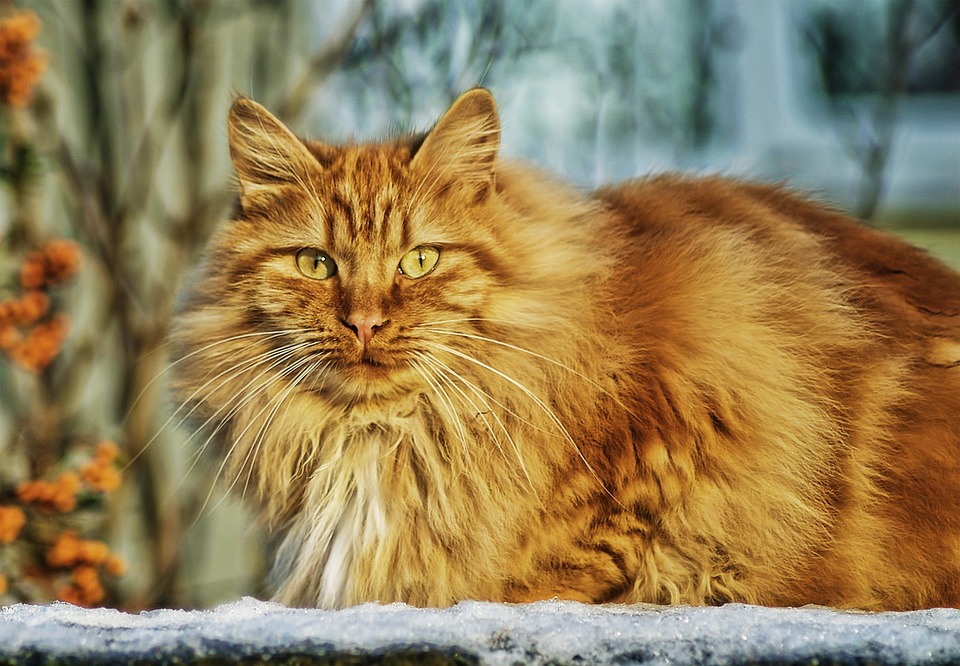Title: The Importance of Play: How Play Behavior Enhances Learning and Development in Cats
Introduction:
Understanding the significance of play in a cat’s life is crucial for their overall well-being and development. Play behavior not only provides entertainment but also contributes to a cat’s learning and development in various ways.
1. The Role of Play in a Cat’s Natural Behavior:
Cats have innate instincts for hunting and stalking, and play allows them to express and fulfill these instincts in a safe and controlled environment. Through play, cats replicate natural behaviors such as pouncing, chasing, and capturing prey, which helps them to develop and maintain their physical and mental skills.
2. Stimulating Physical Development through Play:
Engaging in playtime exercises is essential for cats to maintain a healthy weight and overall physical fitness. Play behavior promotes strong muscles and bones, enhances agility and coordination, and improves their overall physical well-being.
3. Promoting Cognitive Development and Problem-Solving Skills:
Play behavior offers mental stimulation and helps cats to develop problem-solving skills. While engaging in play, cats learn to strategize and develop hunting tactics, which enhances their cognitive abilities. Additionally, playtime helps sharpen their memory and learning skills.
4. Strengthening the Bond between Cats and Their Owners:
Playtime serves as an opportunity for cats and their owners to bond and establish a positive relationship. Regular play sessions build trust and mutual understanding, creating a stress-free environment for cats to interact with their owners. This bonding time also helps alleviate stress and anxiety in cats.
5. Socializing and Developing Social Skills:
Play behavior allows cats to interact with other cats and humans, helping them develop social skills and appropriate behavior in different situations. Through play, cats learn to communicate effectively and understand social cues, which is essential for their overall socialization.
FAQs:
Q1: How much playtime does my cat need?
To ensure your cat’s well-being, the recommended playtime varies based on their age and energy levels. Generally, cats should have at least 15-20 minutes of interactive playtime twice a day. However, high-energy cats might require more play sessions.
Q2: What are some engaging play activities for cats?
There are numerous play options to keep cats entertained. Interactive toys, puzzle feeders, laser pointers, and DIY toys are great choices. Experiment with different toys to find what your cat enjoys the most.
Q3: Can play behavior help with behavior issues in cats?
Yes, play behavior can redirect negative behavior and alleviate stress in cats. It also helps prevent boredom-related problems by providing mental and physical stimulation.
Q4: My cat seems uninterested in play. What should I do?
If your cat appears uninterested in play, try introducing new toys or adjusting play techniques. Cats have individual preferences, so be patient and experiment with different types of toys and play styles to find what engages them.
Q5: Is there such a thing as too much play?
While play is essential, it’s important to balance playtime with rest and relaxation. Watch for signs of fatigue or overstimulation, such as excessive panting or avoiding play. Allow your cat to rest when needed.
Conclusion:
Play behavior plays a crucial role in a cat’s overall well-being and development. It stimulates physical and cognitive growth, strengthens the bond between cats and their owners, fosters social skills, and helps prevent behavior issues. Cat owners should prioritize playtime as a bonding and educational opportunity for their feline companions.








